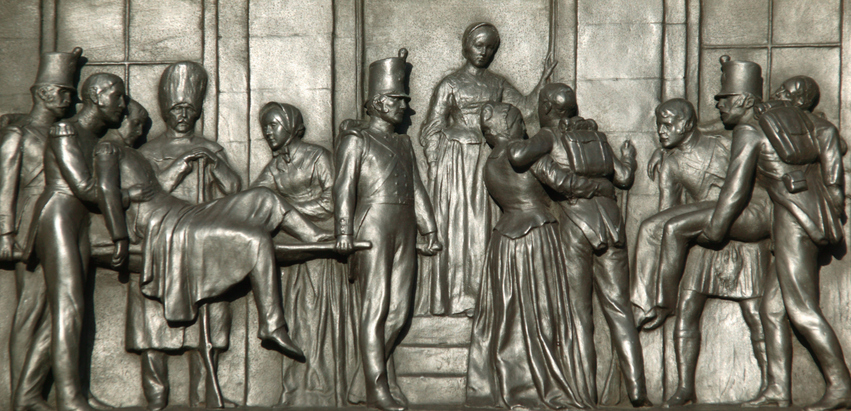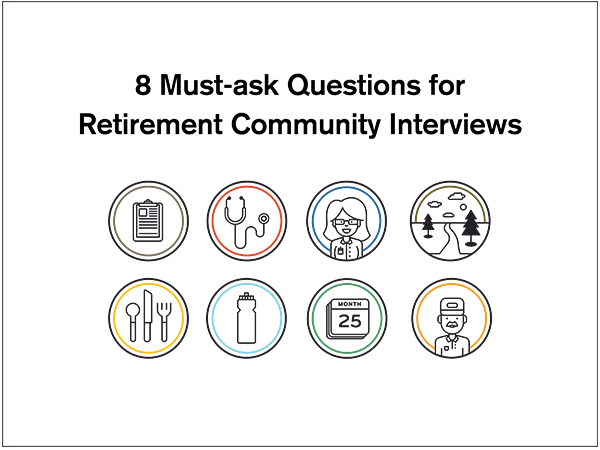National Nurses’ Week: History of Military Nurses
Each may, during National Nurses Week, it’s fitting that nurses be recognized for their long history of service in providing care to the ill and injured and in maintaining the health of our citizens and military members. Military conflicts and wars have resulted in millions of deaths and injuries, and military nurses have contributed to a significant decline in the number of deaths of Americans from such conflicts since World War II due to better care in the field, quickly moving casualties and improved techniques in definitive care.
We all know of nurse Florence Nightingale and the care she provided during the Crimean War in the 1850s. Earlier, during the Revolutionary War, General George Washington saw the need for nursing care for wounded troops. He asked for and received authorization from the Continental Congress to have nurses care for the sick and wounded of the Continental Army. Congress established the Army Nurse Corps in 1901, the Navy Nurse Corps in 1908 and the Air Force Nurse Corps in 1949.
Military and civilian nurses have a long, distinguished record of caring for military members during wartime and peacetime and have been a major factor in the increased survival and rehabilitation of war casualties. They have served in battle zones, combat clinics and hospitals and on ships, airplanes and helicopters and have been casualties and prisoners of war. Physicians and surgeons perform surgical operations and prescribe medication and therapy, but nurses provide the direct bedside care of patients.
Many former military nurses reside at Paradise Valley Estates. On the Wall of Remembrance in The Club, pictures of residents who have served as military nurses and of ships and aircraft on which they have served are displayed.
Lt. Colonel Elizabeth Strippy, USAF NC (Ret) painted the pictures most recently added to the wall. One presents the outline of an Air Force C-141, which was used extensively for aeromedical evacuation, using the names of flight nurses and aeromedical technicians who served with the 10th Aeromedical Evacuation Group headquartered at Hickam Air Force Base, Hawaii, and its subordinate squadrons, the 57th AMES (Clark AFB, Philippines) and the 56th AMES (Yokota AFB, Japan) in 1966 and 1967. The clouds around the airplane depict the places where they performed their missions.
The other painting depicts the stopover in Hawaii of a C-141 aeromedical mission from Clark AFB to Travis AFB, California. It shows patients, flight nurses, technicians, administrators and Red Cross workers.
Please take time to view the memorabilia and pictures displayed in The Club. The Wall of Remembrance Committee maintains the collection.



